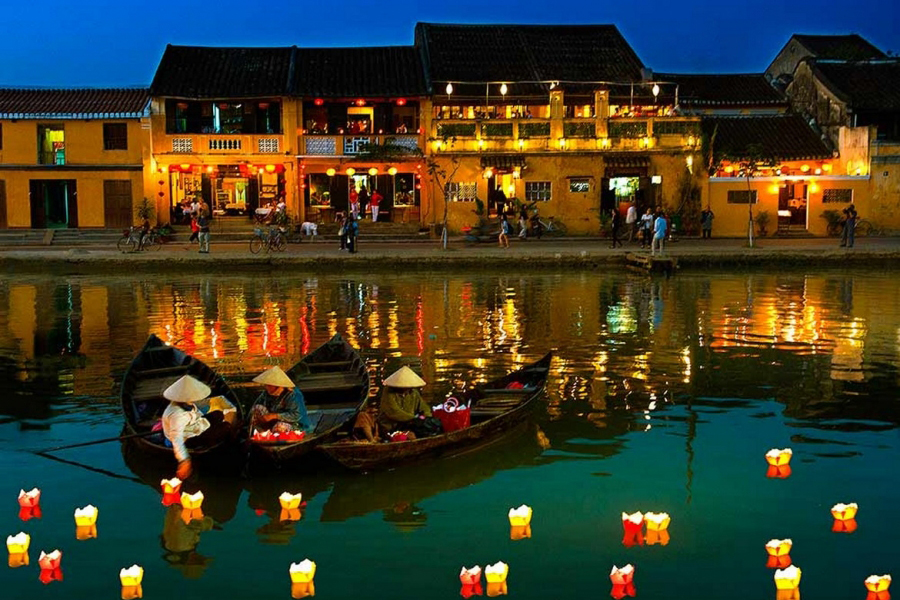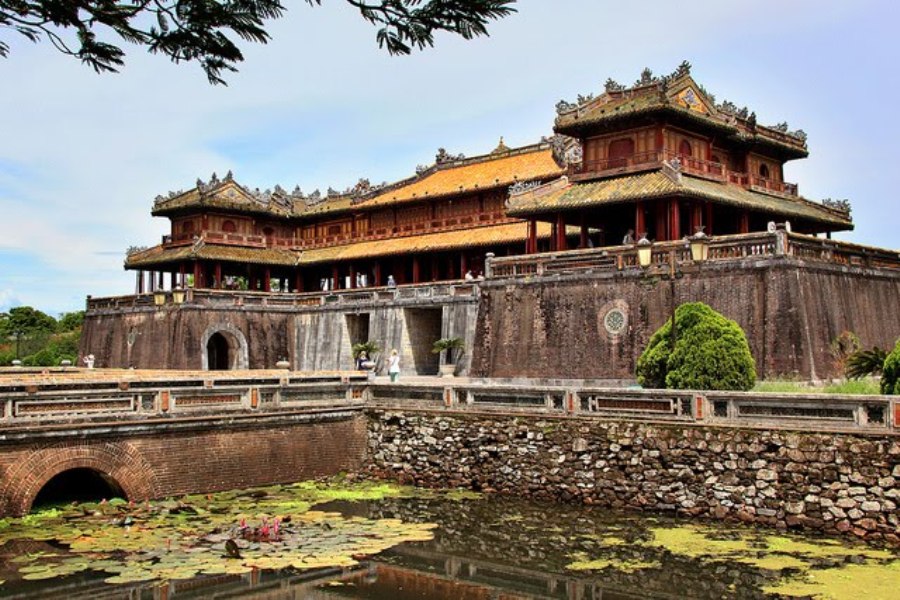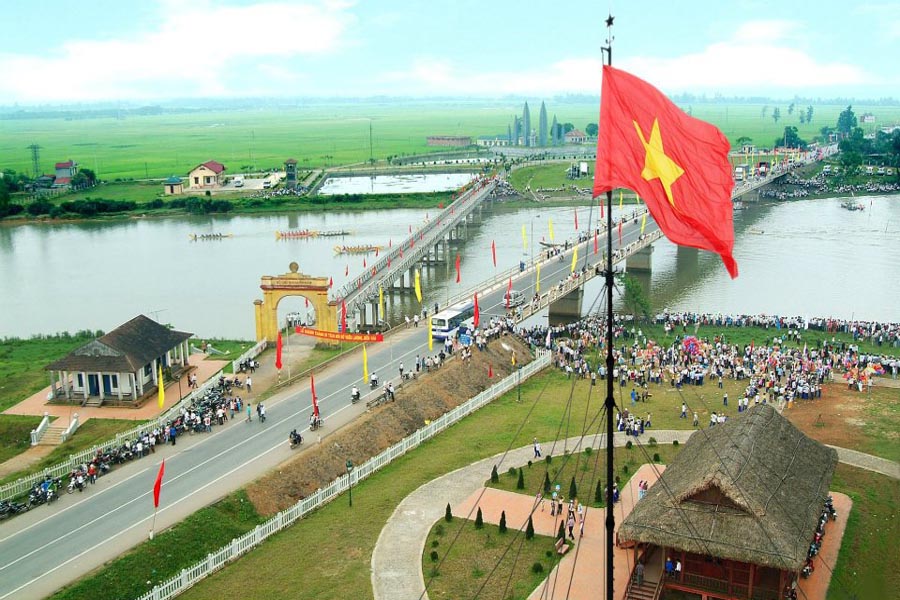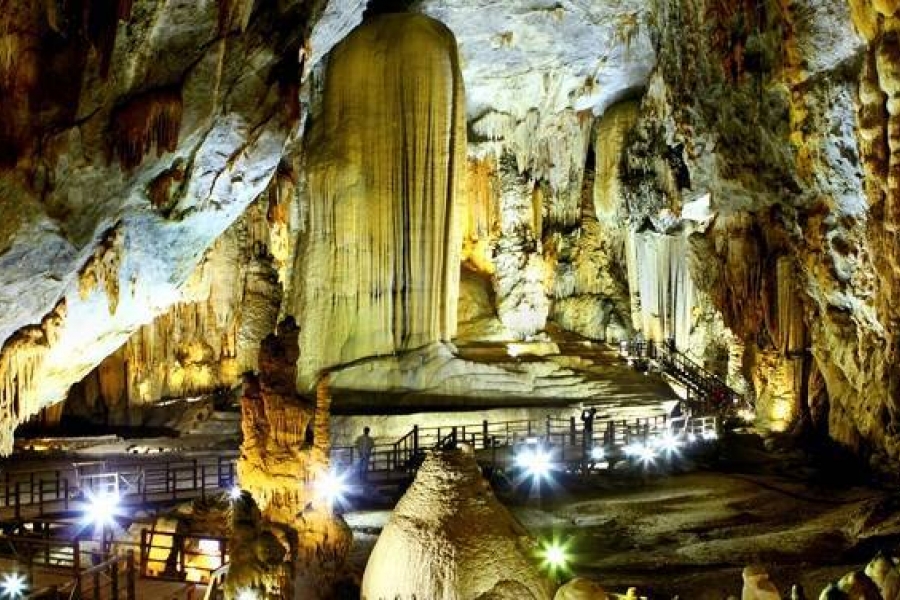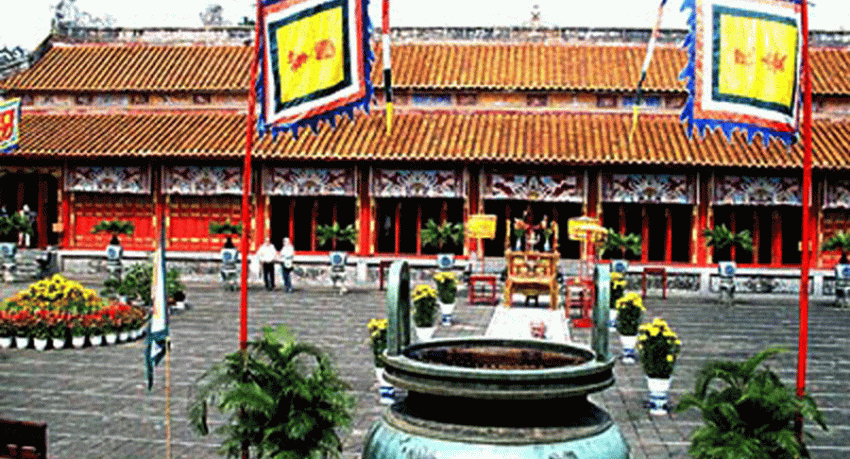Tang Tho pavilion is the national Bureau of Archives of the Nguyen dynasty.
According to “Dai Nam Thuc Luc” and “Dai Nam Nhat Thong Chi”, Tang Tho pavilion was built in summer 1825. The pavilion was made from bricks and stones. The lower floor has 11 rooms, the upper one has seven rooms and two wings on a rectangular islet in Hoc Hai lake, near Tinh Ta lake. The islet is airy and beautiful. To construct the pavilion, the Hue imperial court mobilized 1.000 soldiers and assigned Marshal Doan Duc Nhuan to conduct the work process. After the construction, the Emperor ordered the responsible mandarins to inventory books and materials and then selected a good day to move and keep them in the upper floor of the building.
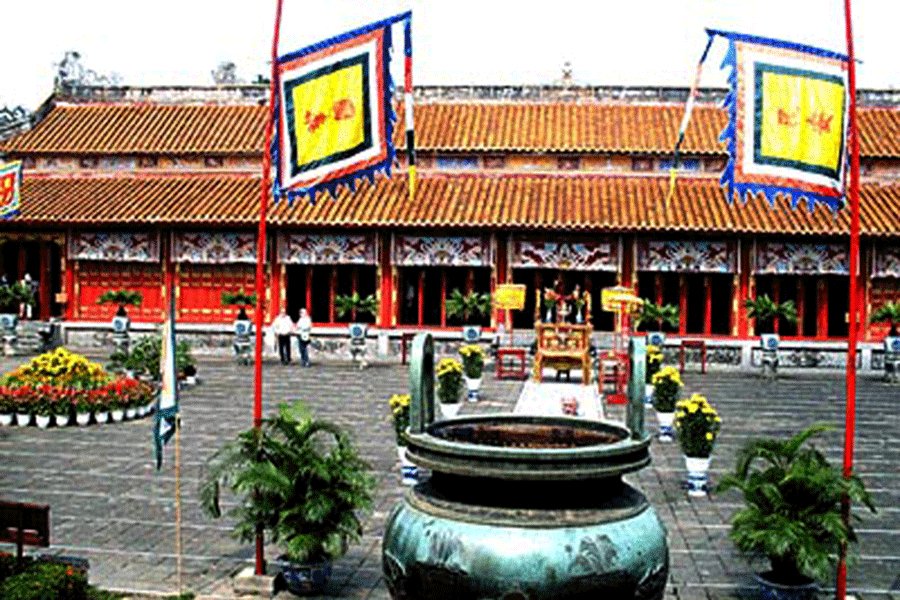
According to the documents left from the Nguyen dynasty, all the books and files of the 6 Ministries and Departments in the capital were brought there to be preserved at the end of every year. The materials of Ho Ministry were kept there, particularly the land registers in Gia Long’s and Minh Mang’s reigns including 12.000 volumes. It is really precious archives, like our current Bureau of Archives. Its constructive design as well as its functions show the scientific eyesight and the consciousness of cultural heritage preservation of Minh Mang Emperor and his Imperial court. The foundation of the flower floor was covered with sulfur to kill termites, ants crockroaches. The document storage in the upper floor had many windows with sparse parapets to avoid humidity. The Tang Tho pavilion was made of bricks and stones and surrounded by deep walled lakes. The building lies separately in the middle of the nation, aiming at helping the people at that time and the following generations.
Tang Tho pavilion fulfilled its cultural duty appointed by the imperial court for almost 123 years, from 1826 to 1945. After 1945, the Nguyen dynasty was collapsed, this bureau of archives allso ended its activities. Continuous years of war, together with improper concern for lack of understanding of the value of this huge documentary stock have made the enormous amount of books preserved by the Nguyen dynasty disappear. Today we visit this pavilion just to admire the landscape and study the design of a rather unique construction of our dear old capital city.
Copyright by Phong Nha Pioneer Travel
Categories: Blog
